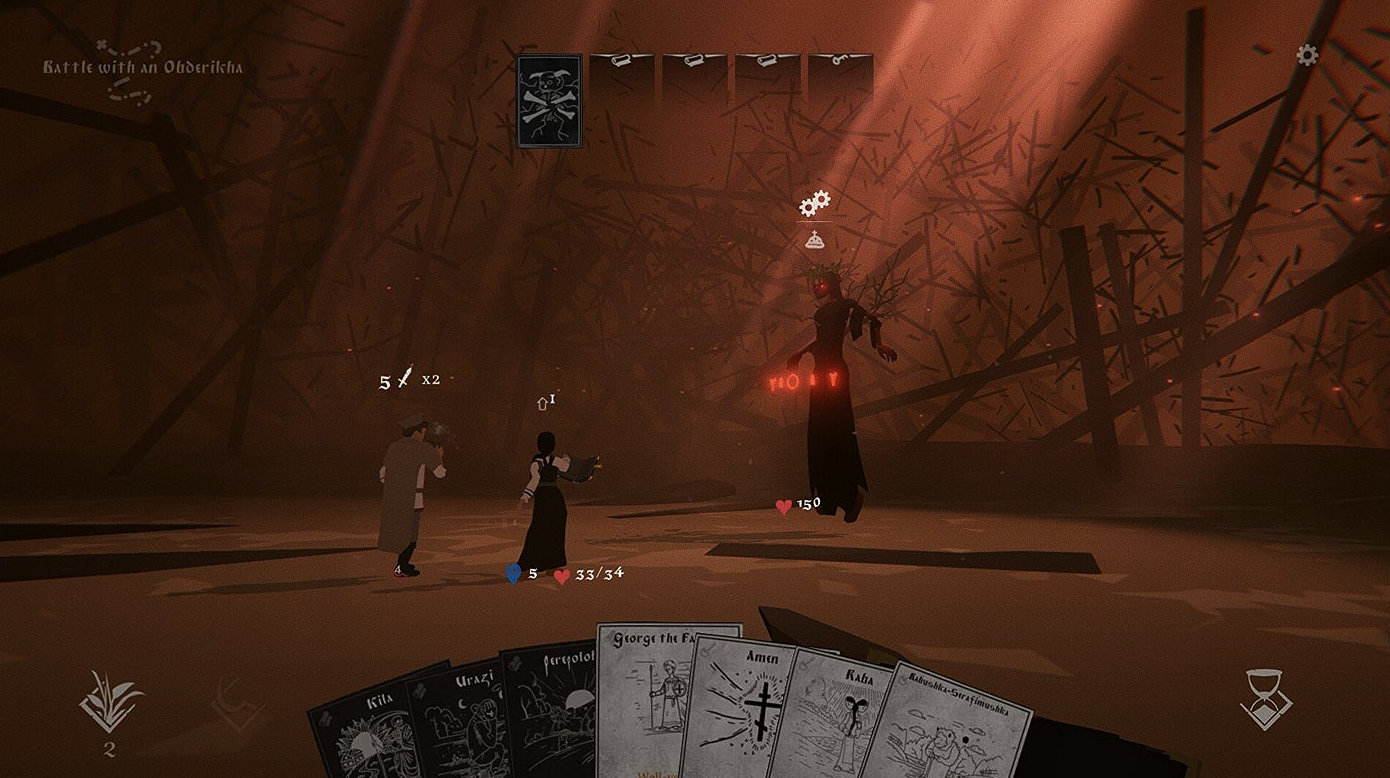Introduction to Intuitive Aesthetics
Intuitive aesthetics plays a crucial role in design, particularly in enhancing the user experience. It involves the creation of visual elements that are not only appealing but also significantly contribute to how users interact with products or platforms. This field of study examines the cognitive processes that underpin user engagement, emphasizing that aesthetics goes beyond mere decoration; it serves as a functional element of design. When aesthetics are intuitive, they foster a seamless experience that allows users to navigate and discover content with ease.
The relationship between intuitive aesthetics and user experience is rooted in the idea that every design choice communicates something to the user. For instance, the selection of colors, shapes, and layout can guide users toward their goals without overwhelming them. This design philosophy also takes into account the cognitive load placed on users. By providing visual cues that resonate with their expectations and prior experiences, designers can help users achieve their objectives more efficiently. A well-designed interface should feel familiar and relatable, allowing users to follow their instincts naturally.
Moreover, intuitive aesthetics are vital in facilitating discovery within a platform or application. When users encounter visually coherent designs, they are more likely to explore further and engage more deeply with the content available. Elements such as typography, iconography, and spatial organization all contribute to creating an inviting atmosphere. The integration of aesthetic principles allows users to focus on tasks rather than grappling with navigation barriers. This is particularly important in today’s digital landscape, where user attention is scarce and competition is high. By prioritizing intuitive aesthetics, designers can enhance engagement and drive meaningful interactions.
The Psychological Impact of Visual Design
Visual design plays a crucial role in influencing user emotions and behaviors, largely driven by psychological principles. The interplay of colors, shapes, and layouts can evoke distinct feelings and reactions, guiding users toward specific actions while enhancing their overall experience. Understanding these psychological dynamics is vital for designers seeking to create intuitive aesthetics that foster exploration and connection.
Colors, for instance, not only attract attention but also elicit emotional responses. Warm colors like red and orange can evoke warmth and excitement, while cooler hues such as blue and green tend to create feelings of calmness and trust. Designers must consider the psychological implications of color schemes while crafting visual experiences, understanding that the right combination can either engage users or lead to visual fatigue.
Shapes too play an integral role, as they help in structuring information and guiding the eye. For example, rounded shapes are often associated with comfort and approachability, whereas angular shapes can convey strength and stability. By strategically incorporating shapes in layouts, designers can not only enhance aesthetics but also influence how users perceive content and navigate through it.
Cognitive load theory is another important aspect of visual design. It posits that individuals have a limited capacity for processing information, meaning that overly complex designs can lead to cognitive overload. By simplifying layouts and utilizing clear hierarchies, designers can reduce cognitive strain, making information easier to digest and encouraging users to explore further. Intuitive designs that account for cognitive load prioritize clarity and user engagement, ensuring that audiences are not only drawn in but are also able to navigate effortlessly through the content.
In conclusion, by leveraging the psychological principles of visual design, designers can create environments that not only captivate but also empower users to engage meaningfully with their content. This understanding of visual psychology is essential in reinforcing the importance of intuitive aesthetics in fostering discovery.
Elements of Intuitive Aesthetics
Intuitive aesthetics relies on various essential elements, each playing a crucial role in guiding users toward discovering content effortlessly. Among these, whitespace, typography, imagery, and color schemes stand out as fundamental components that contribute to a seamless user experience.
Whitespace, also known as negative space, is the area surrounding content. It enhances content organization and improves readability by preventing visual clutter. For instance, a well-structured website with ample whitespace allows users to focus on key elements without distractions. This subtle yet powerful tool helps users navigate more smoothly through information, enabling them to engage with the content intuitively.
Typography is another critical element in the realm of intuitive aesthetics. The choice of font type, size, and spacing influences not only the readability of text but also the emotional tone of a design. For example, a professional sans-serif font may convey a sense of modernity and clarity, encouraging users to engage with the content confidently. Effective typographic hierarchy, with appropriate use of headings and body text, guides users through various information levels, aiding effortless discovery.
Imagery plays a vital role in emotional engagement. High-quality, relevant images can catch a user’s attention and convey messages quickly. When used purposefully, images foster a connection to the content, making it more digestible. For instance, a visually appealing image that corresponds with the subject matter can enhance the user’s understanding and encourage deeper exploration of the accompanying text.
Lastly, an effective color scheme can evoke emotions and enhance brand identity. Colors not only attract users but also have the potential to influence their actions. A harmonious palette that contrasts text and background increases readability, guiding users through the content intuitively. For example, utilizing a palette of complementary colors can create visual appeal while still directing attention to critical information.
Case Studies: Successful Applications of Intuitive Design
Intuitive design has emerged as a cornerstone in enhancing user engagement and discovery across various digital platforms. Several brands exemplify effective implementation of intuitive aesthetics, showcasing how thoughtful design decisions resonate with users and drive interaction. One notable example is Airbnb, which has leveraged a clean, minimalist interface that immediately guides users towards essential actions. By prioritizing high-quality imagery of listings and a straightforward search functionality, Airbnb ensures that users can effortlessly discover accommodations tailored to their needs.
Another compelling case is Spotify, the musical streaming platform that utilizes an engaging interface to foster user exploration. Its algorithm-driven playlists, such as “Discover Weekly,” paired with intuitive navigation, encourage users to delve deeper into their music preferences. The visual layout facilitates seamless access to different genres and artists, allowing users to discover new music without unnecessary complexity. This design strategy has significantly improved user retention and satisfaction.
Furthermore, Apple’s website exemplifies the power of intuitive aesthetics in product presentation. The company utilizes clear visuals, concise text, and elegant layouts to guide visitors through their product offerings seamlessly. Interactive elements enhance the user’s journey, creating an immersive experience that invites users to explore features and benefits. Apple’s commitment to intuitive design not only showcases their products effectively but also reinforces their brand identity as a leader in innovation.
In the realm of e-commerce, Amazon’s approach to user design further illustrates the importance of intuitive aesthetics. By employing personalized recommendations based on user behavior, Amazon successfully simplifies the discovery process. The utilization of a user-friendly interface, combined with easily navigable categories, makes the shopping experience less overwhelming, fostering a sense of familiarity that encourages exploration.
These case studies highlight how intuitive design principles can lead to increased user engagement and satisfaction, showcasing the necessity for brands to invest in thoughtful aesthetics that enhance their platforms’ usability and discoverability.
Common Pitfalls in Design Aesthetics
In the realm of design aesthetics, it is essential to recognize common pitfalls that can hinder the creation of intuitive user experiences. One prevalent error is overdesigning, which involves adding excessive elements, colors, and intricacies that can overwhelm users rather than facilitate their navigation. Simplicity often leads to more effective design outcomes, allowing users to engage with content without distractions. When designers become too enamored with their creative visions, they may inadvertently craft complex interfaces that complicate user interactions.
Another crucial aspect to consider is the tendency to rely on fleeting design trends instead of focusing on the specific needs of users. While staying current with design trends can enhance visual appeal, it is vital to ensure that aesthetics serve the practical objectives of the user experience. Trends can shift rapidly, and what may be in vogue today might not resonate with users tomorrow. Designers must prioritize understanding their target audience’s preferences and behaviors to create meaningful and lasting aesthetics that enhance usability.
Moreover, neglecting accessibility is a significant oversight that can alienate a portion of the user base. Intuitive design should encompass every user, regardless of their abilities or challenges. Incorporating features that cater to diverse needs—such as color contrast for visually impaired users or keyboard navigation for those who cannot use a mouse—ensures a more inclusive approach. By considering accessibility from the outset, designers can prevent potential setbacks and foster a more engaging experience for all users.
In navigating the landscape of design aesthetics, avoiding these common pitfalls will lead to more functional, inclusive, and user-centered outcomes. Prioritizing simplicity, user needs, and accessibility can result in powerful designs that effectively facilitate discovery and enhance user satisfaction.
The Role of User Feedback in Design Evolution
User feedback plays an integral role in the evolution of design, especially when it comes to refining intuitive aesthetics. To create designs that resonate with users, it is essential to gather insights directly from them. This process usually begins with the identification of key questions and hypotheses about how users interact with a product or service. Such inquiries can help pinpoint areas needing improvement or additional features that can enhance user experience. By actively seeking user feedback, designers can better understand the nuances of user preferences, behavioral patterns, and pain points.
One effective approach to gathering user insights is usability testing, which involves observing users as they interact with a prototype or live product. During these sessions, designers can collect qualitative and quantitative data regarding user interactions, identifying difficulties faced by users or elements that they find particularly appealing. This direct feedback can then inform iterative design processes, allowing designers to make informed adjustments that accentuate intuitive aesthetics.
Besides usability testing, surveys and interviews can also serve as valuable tools for gaining user perspectives. Surveys can reach a wider audience quickly, while interviews allow for deeper dives into user motivations and experiences. Indirect methods, such as analyzing user behavior through analytics and heat maps, contribute to a comprehensive understanding of design effectiveness. These varied approaches enable designers to test assumptions and adapt their designs based on concrete data rather than conjecture.
Iterating on designs based on user input fosters an environment of continuous improvement, ensuring that intuitive aesthetics evolve to meet user needs over time. By prioritizing user feedback, designers not only enhance the functionality of their products but also create a seamless experience that encourages discoverability. This ongoing engagement with users is crucial in achieving a design that aligns with user expectations and ultimately succeeds in the market.
Tools and Resources for Designing Intuitively
Designers aiming to create intuitive aesthetics can leverage a variety of tools and resources that facilitate this process. One essential category includes prototyping software, which allows designers to visualize their concepts quickly. Tools such as Adobe XD, Sketch, and Figma are highly recommended for creating interactive prototypes. These platforms provide a flexible design environment, enabling creators to test and refine their layouts, enhancing user experiences through real-time feedback.
In addition to prototyping software, user testing platforms are vital for gathering insights on user interactions with designs. Services like UserTesting and Lookback offer designers valuable feedback from actual users. By observing how individuals engage with their designs, creators can identify intuitive or confusing elements, thus refining their aesthetic approach to better align with user expectations.
Furthermore, there are numerous design guidelines and frameworks that support effective visual communication. The Gestalt principles, for example, offer foundational concepts that inform the organization of visual elements and can significantly impact user perception and ease of navigation. Utilizing established design guidelines not only enhances the intuitiveness of a project but also ensures that the aesthetics resonate with audiences on a deeper level.
Resource libraries such as Behance and Dribbble serve as excellent platforms for inspiration, showcasing diverse work from fellow designers. Engaging with these communities can foster creativity and stimulate ideas that contribute to an intuitive aesthetic. Moreover, exploring design blogs and platforms like Medium can provide insights on the latest trends and techniques that can be integrated into the design process.
By utilizing a combination of prototyping tools, user testing platforms, and established design guidelines, along with community engagement for inspiration, designers can significantly enhance their intuitive aesthetic practices, ensuring their work is both user-centered and visually appealing.
The Future of Aesthetic Design in Digital Experiences
The future of aesthetic design in digital experiences is poised for a transformative evolution, driven by advancements in technology and a deepening understanding of user behavior. As artificial intelligence continues to permeate various aspects of design, we can anticipate a paradigm shift where AI systems generate intuitive aesthetics tailored to individual user preferences. This kind of technological innovation holds the potential to significantly enhance user discovery, making interactions not only visually appealing but also deeply personalized.
In the coming years, we expect to see aesthetic designs that adapt in real-time to user interactions, preferences, and situational context. By leveraging data analytics and machine learning, designers will curate experiences that respond dynamically, facilitating a smoother user journey. Users will no longer be confined to static interfaces; rather, they will engage with digital environments that evolve in tandem with their needs and desires, fostering a more intuitive exploration of content and functionality.
Additionally, as users become increasingly discerning, their expectations around personalization will rise. Modern design aesthetics will not only prioritize visual allure but also resonance with users on a personal level. Future aesthetic trends will likely reflect cultural nuances, individual tastes, and even emotional states, effectively bridging the gap between functionality and emotional engagement. This emphasis on crafting personalized experiences will play a critical role in how users discover and interact with content across platforms.
Moreover, the rise of immersive technologies such as virtual reality (VR) and augmented reality (AR) will further alter the landscape of digital aesthetics. As these technologies become mainstream, the potential for spatial design elements will enrich user experiences, allowing for a multisensory approach to discovery. By combining visual elements with lush auditory cues, the future of design aesthetics will emerge not only as a visual pursuit but also as a holistic sensory experience that captivates and engages users like never before.
Conclusion
In the realm of design, the aesthetic dimension remains an integral component that significantly influences user engagement and the overall experience. Through the course of this discussion, we have examined the profound impact that intuitive aesthetics have on facilitating discovery. Designers are tasked with the unique responsibility of creating environments that not only captivate users visually but also guide them seamlessly through their interactions.
The principles of intuitive design emphasize the need for clarity, simplicity, and a user-centric approach. By thoughtfully integrating aesthetics with functionality, designers can foster a sense of curiosity and exploration among users. This invites them to engage more deeply with the content and tools presented, making the experience not just enjoyable but enlightening. The importance of harmonizing visual elements and usability cannot be overstated, as this alignment nurtures a fluid flow of information and encourages users to navigate confidently.
Furthermore, the emotional resonance of design should not be overlooked. Aesthetics serve as silent communicators, instilling feelings that can lead to memorable experiences. Whether through color schemes, textures, or layouts, these visual cues can trigger instinctual responses that enhance the discovery process. Hence, the design community must prioritize intuitive aesthetics not merely as an embellishment but as a cornerstone of effective user experience.
Ultimately, as we craft digital spaces and products, let us remain mindful of our role as facilitators of discovery. By championing intuitive aesthetics, we enable users to embark on a journey of exploration that is both fulfilling and inspiring. Prioritizing visual design as a fundamental element ensures that our creations resonate with users, fostering a connection that encourages continual engagement and exploration.


